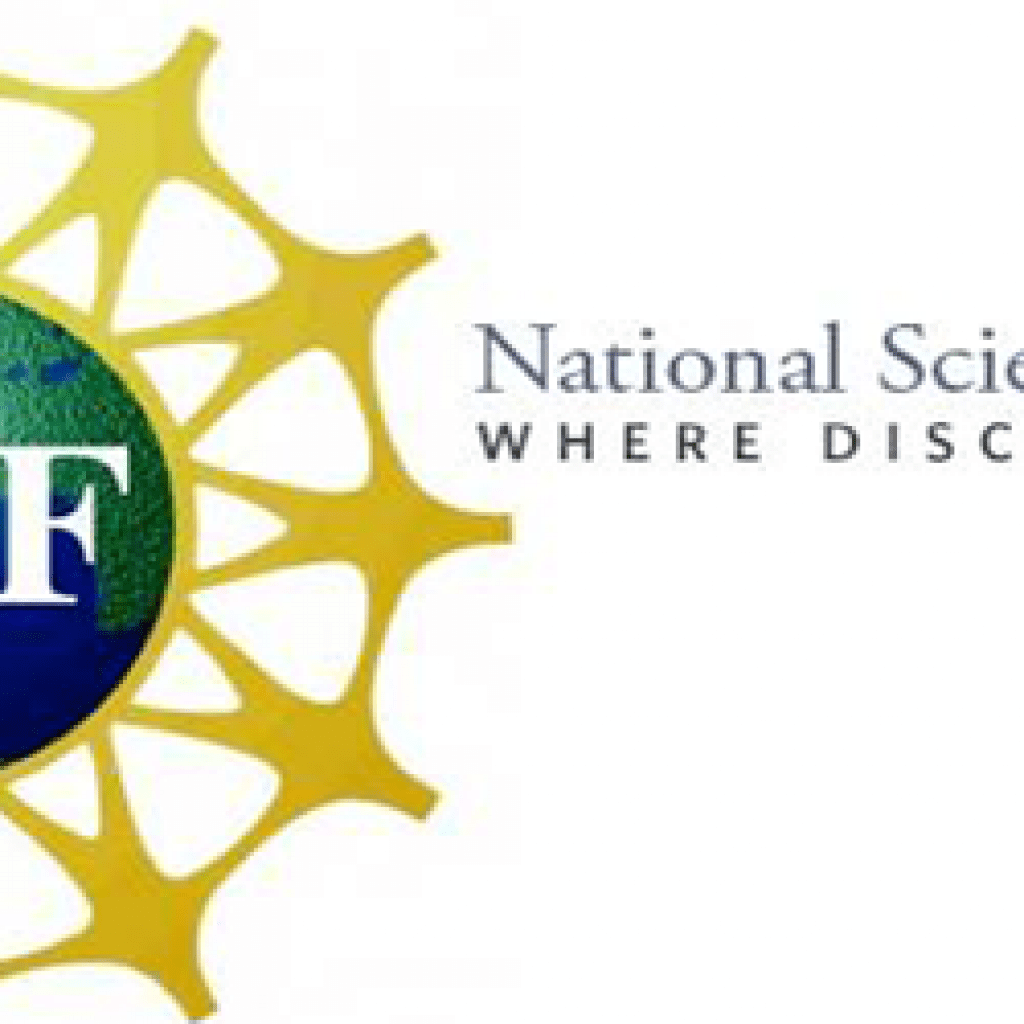(UWashington.edu) The National Science Foundation on Sept. 9 announced it will fund a five-year, $25 million Science and Technology Center grant will found the Center for Integration of Modern Optoelectronic Materials on Demand — or IMOD — a collaboration of scientists and engineers at 11 universities led by the University of Washington.
IMOD research will center on new semiconductor materials and scalable manufacturing processes for new optoelectronic devices for applications ranging from displays and sensors to a technological revolution, under development today, that’s based on harnessing the principles of quantum mechanics.
Optoelectronics is a field that enables much of modern information technology, clean energy, sensing and security. Optoelectronic devices are driven by the interaction of light with electronic materials, typically semiconductors. Devices based on optoelectronics include light-emitting diodes, semiconductor lasers, image sensors and the building blocks of quantum communication and computing technologies such as single-photon sources. Their applications today include sensors, displays and data transmission, and optoelectronics is poised to play a critical role in the development of quantum information systems.
But to realize this quantum future, present-day research must develop new materials and new strategies to manufacture them. That’s where IMOD comes in, Ginger said. Building on advances in the synthesis of semiconductor quantum dots and halide perovskites, the center will integrate the work of scientists and engineers from diverse backgrounds,
NSF Funds Revolutionary Center for Optoelectronic, Quantum Technologies
